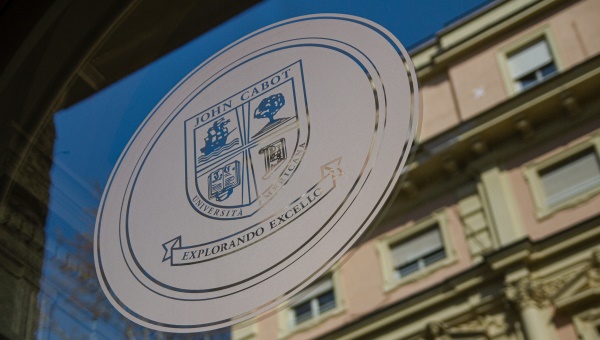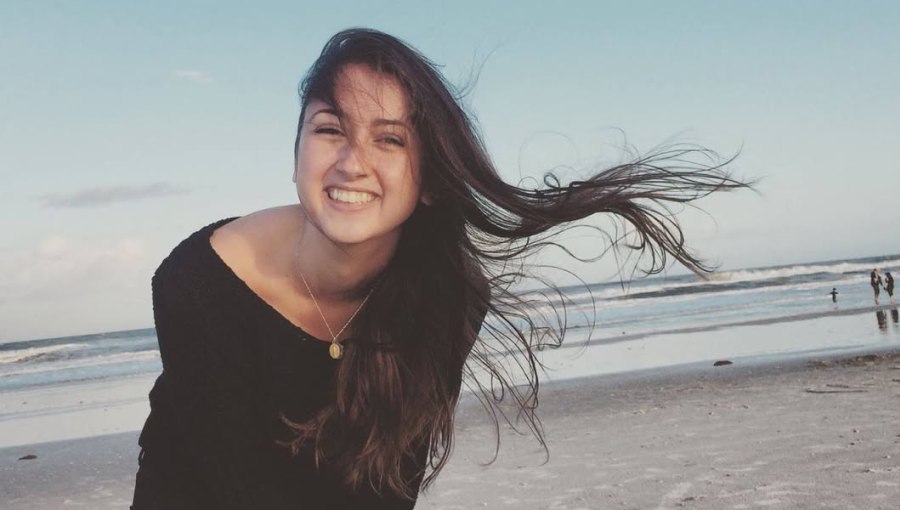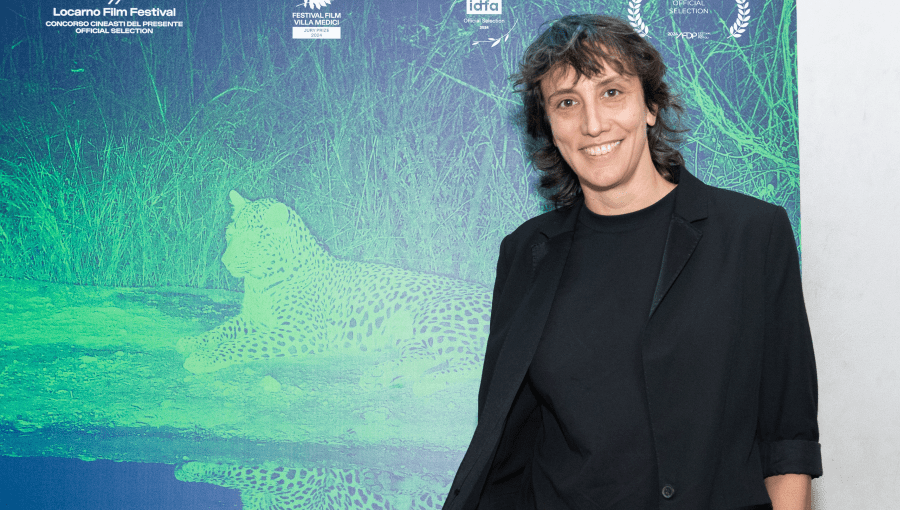Art History in the Making: Professor Sarah Linford

Professor Sarah Linford
Art historian, curator, and educator specialized in modern and contemporary art, Professor Sarah Linford works closely with emerging and established artists, galleries, and museums on both sides of the Atlantic. Born in France of an American father and a French mother, Dr. Linford holds a Ph.D. from Princeton University and a Research Doctorate from the Université Blaise Pascal in France. She taught at the Accademia di Belle Arti in Rome before joining JCU’s Art History and Studio Art department. She recently published Force Fields: Rome and Contemporary Printmaking with Devin Kovach (Palombi Editori and Temple University Press, December 2020) and contributed to Une Tradition révolutionnaire. Les Arts figuratifs de Rome à Paris 1905-1940 (Académie de France-Villa Médici, December 2020).
What attracted you to Art History?
As a kid, I plastered my bedroom with postcard reproductions from museums that grownups took me to. I was fascinated by the incredible diversity of ways people saw the world, and how they chose to represent, express, or explore this visually. By the time I got to college, the rift between text and image fueled this fascination and so I double-majored in Art History and Comparative Literature before going on to do my first M.A. in text-image relations. My second was in Art History, as were my Ph.D.s, because I realized that the discipline had recently evolved to allow for a huge variety of questions and methods of inquiry. The interdisciplinarity of art history today, especially in the field of modern and contemporary art, gave me a sense of intellectual freedom.
I’d done a lot of history, philosophy, literature, linguistics, social and “hard” sciences and was loathe to give these up. In art history, I found a field that allowed for all these interests to be pursued without falling prey to the relativism that characterized comparative literature departments in the early 1990s. As art historians (or curators) we have a kind of ethical responsibility to the object. Unlike mere “images,” or “visuality,” objects (in the widest sense) are both our starting point and our endpoint. As such, they crystallize bodies of knowledge, practices, memories, and beliefs, and harness our fields of inquiry. Art history is always “about” a thing and the different ways that thing can mean as we focus the flashlight of conscious thought and investigation on one of its aspects. This combination of freedom and responsibility is what initially attracted me, and what continues to fuel both my teaching and my research in art history.
What is your teaching philosophy?
I love teaching and I think it’s an essential complement to research. In the strictest sense, my educational (and artistic) “philosophy” is loosely derived from American philosopher John Dewey (1859 – 1952). It’s about experience, experimentation, and critical thinking — getting students to that empowering “aha” moment. Anyone who has been teaching for a long time will tell you that you learn to read faces, to make every student contribution count, and to adapt, sometimes in a fraction of a second, to what the students are understanding. You learn to push them just enough to understand something as though it were their own discovery. They become “aha” addicts. From there, it’s easy to help them find their own voice. What we teach is the bedrock of personal thinking and creativity, the thrill of making new connections, what it feels like when you’re on to something. Few things make you feel so alive.
You’re an expert in modern and contemporary art. What prompted you to choose and specialize in this period?
Initially, I was fascinated by how disjointed the accounts of modern and contemporary art were. In some cases narration was monographic, in others, it was a succession of “isms” or manifestos, and in others still relied not on labels or texts but on social, artistic, or political issues to move the story along. These are all very different ways to tell art history. I was 17 at the time, had just started college, hungry and intrigued. Over the next couple of years, I realized that the great luxury (and complexity) of working on modern and contemporary art was precisely the abundance of both sources and approaches. Also, I was politically active by my early 20s, and working on what I then considered to be the recent past seemed a more efficient way to work toward the future. Now, a couple (or so!) decades later, I’m drawn to being both an observer of and a participant in the present. I still move around the 20th century, as a number of other ongoing projects attest, but I find that inhabiting the different academic and social roles that contemporary art permits to be extremely rewarding.
Please tell us about your recent book Rome and Contemporary Printmaking
Force Fields: Rome and Contemporary Printmaking is both a sourcebook on the capital role that Rome has played in the history of printmaking and a state-of-the-field of contemporary practices in the city. The book features diverse academic, professional, and artistic contributors that illuminate the evolution of and recent shifts in making and diffusing prints in Rome. The volume’s first part retraces the history of prints from the Renaissance to the current day and finishes with Roman master printers recounting their experiences working with some of the artists who define twentieth-century art. The volume’s second part is a richly-illustrated catalog of contemporary works — a kind of snapshot of locally-trained and international artists drawn to Rome. It introduces the varied conceptions (and force fields) operative in printmaking in Rome today. The volume is meant for anyone interested in printmaking (specialists and non-specialists), to inform those curious about Rome’s past and present role in the visual arts, and to serve as a reference book for printmakers and critical historians. Co-author Devin Kovach, who teaches printmaking and book arts, and I are further working on a platform to bring together the Roman print-making community (artists, institutions, galleries, workshops). We will announce its official launch when we publicly present Force Fields in a major Roman cultural institution in Spring 2021.
What are the advantages of studying art history today? What advice would you give to prospective students?
I think art history is singularly poised to make people use both sides of their brains, so to speak. It teaches you rigor, creative thinking, how to see, and how to put words to what you see. The skill-set you gain from studying art history is applicable to so many fields and situations. I also think the combination of intellectual freedom and ethical responsibility that initially drew me to this field has never been more timely. As for advice to prospective art history students and majors, I would say: get out and see things, read, discuss, enjoy, think again, challenge yourself. Repeat.
Please tell us about a challenge you encountered in your professional career. How were you able to overcome it?
One particular challenge comes to mind. Art history is practiced very differently in different countries, and so it’s not enough just to choose to write in, say, English, French or Italian, you have to keep in mind the cultural context and training you’re writing from and who you are addressing. One of the great strengths of the department at JCU is that it’s a kind of “best of” different kinds of training in the field of art history.
I have never been happier than I am in the department of Art History and Studio Art here. I respect — and like — every one of my colleagues. It’s a collegial environment, extremely dedicated to the students. This is something the students really sense. It makes for an exceptionally rich environment in which to learn and grow.





